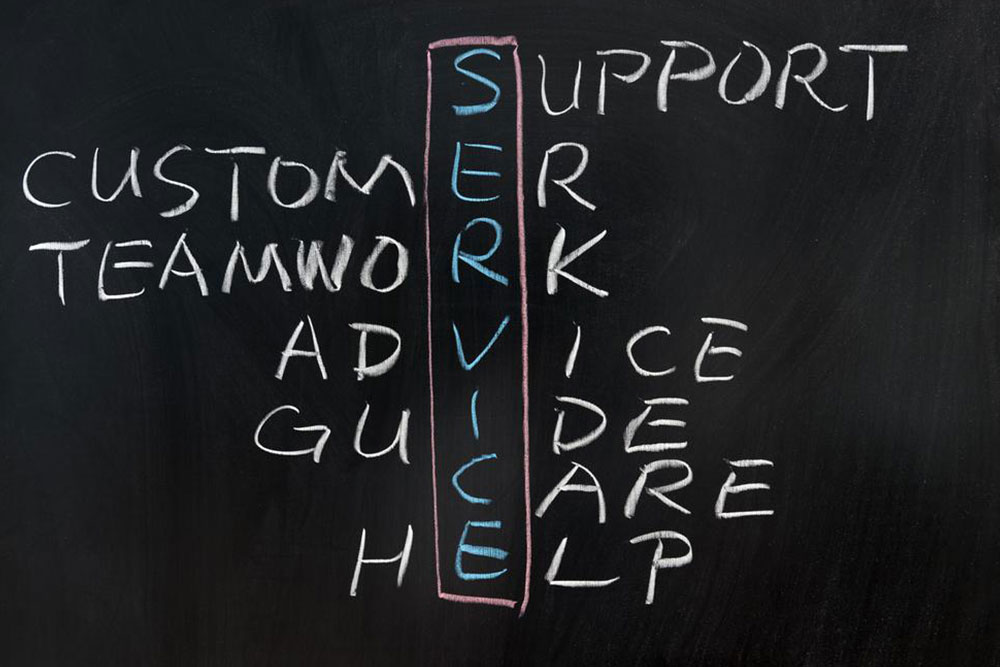Maximizing Product Performance Through Supporting Tools and Technologies
This comprehensive article explores the crucial role of supporting tools in enhancing product development, maintenance, and user support. It discusses how tools like programming languages, SaaS solutions, and support systems underpin high-quality products, driving efficiency and innovation. Perfect for technology professionals, the piece emphasizes the evolving nature of supporting tools in modern industries, highlighting their impact on product success and customer satisfaction.

Maximizing Product Performance Through Supporting Tools and Technologies
In the modern era of product development and deployment, supporting tools are vital components that significantly enhance the functionality, efficiency, and quality of the main products. Just like a hand cannot operate effectively without a glove, products rely heavily on a suite of supporting tools to reach their full potential. These tools not only streamline the development process but also facilitate maintenance, updates, and customer support—ensuring a seamless experience for users and businesses alike.
The Symbiotic Relationship Between Products and Supporting Tools
Developing and delivering a high-quality product involves multiple stages, each relying on specific tools that contribute to the overall success. For instance, during the design and programming phase, developers utilize diverse programming languages, integrated development environments (IDEs), and testing platforms to create robust solutions. Post-launch, supporting tools such as ticketing systems, debugging software, and extensive database management systems become indispensable for ongoing support and maintenance.
Understanding the alignment between supporting tools and main products is crucial. During development, coding languages, testing frameworks, and deployment tools are employed to craft a reliable product. Additionally, some tools are designed exclusively to support supplementary or auxiliary products—collectively called supporting sub-products—which expand the core product’s capabilities and provide additional value to users.
The Roles and Functionalities of Supporting Tools
Main products often act as foundational platforms upon which other products are built. For instance, Microsoft’s Windows operating system serves as the backbone for applications like Microsoft Office and Internet Explorer. Supporting tools then enable these applications to perform efficiently, securely, and with enhanced user experience.
Organizations leverage these supporting platforms not only for software creation but also for delivering comprehensive support services. Customer support teams are extensively trained on specific tools to troubleshoot issues effectively and to ensure customer satisfaction. The level of support varies based on the complexity of the tools and products involved, with customized support contracts to meet diverse enterprise needs.
In recent years, Software as a Service (SaaS) models have gained tremendous popularity. SaaS solutions incorporate self-correcting, adaptive features that allow software to automatically identify and resolve certain issues without human intervention. This advancement significantly reduces downtime and improves overall operational efficiency.
Furthermore, supporting tools are continuously evolving with advancements in automation, artificial intelligence, and machine learning. These innovations enable predictive maintenance, real-time analytics, and more intuitive user interfaces—making supporting tools not just auxiliary components but integral drivers of product excellence and innovation.
In conclusion, the integration of sophisticated supporting tools in product design, implementation, and support processes acts as a catalyst for delivering superior user experiences, optimizing operational workflows, and fostering innovation. Businesses that invest in cutting-edge supporting tools position themselves at the forefront of technological progress and competitive advantage, ensuring long-term success in an increasingly digital world.





